Way to make a Travel > Travel stories > Visit of the Montserrat’s iconic site
MONTSERRAT, CATALONIA – Characteristic and clearly defined silhouette of Montserrat mountains with its polished profiles, perfectly recognizable from many places in Catalonia, has made Montserrat an iconic site, a large, natural altar of rocky needles, between deep channels that open a paradise for hikers and climbers, but also for pilgrims seeking the spirit of the mountains. The popular imagination has seen in these mountains the forms of a great ,,organ’’, a ,,traveling ship’’ or an enchanted world over the forests of prominent rocky islands. Schiller and Goethe were among the travelers and writers who wrote about Montserrat all over the world and in all eras, and Wagner chose it as the setting for his Parsifal. Meanwhile, the vernacular has given each rock peak its own name: the mummy, the elephant, the top hat, the skull, the enchanted monks, the pregnant woman, the scissors, the parrot, the nun, the radish, etc..
Where is Montserrat monastery?
Montserrat monastery is located in the Montserrat Natural Park in the region of Central Catalonia. Central Catalonia includes the counties of Anoia, Bages, Osona, Valles Oreintal and Valles Occidental. Its backbone is the Serralada Prelitoral coastal promontory. This mountain range begins with the Serra d’Ancosa, then reappears in Montserrat, takes shape with the Serra de Sant Liorenc del Munt I I’Obac and the cliffs of Gallifa and Berti, and reaches its peak in the Montseny massif. Flatter areas extend to either side, such as the Odena Basin, the Pla de Bages and Plana de Vic plains to the north and the Valles foreshore graben to the south. In the north, central Catalonia is bordered by mountain foothills such as the Serra de Pinos and the Serra de Castellallat, the plateaus of Moianes and Ljucanes and the Collsacabra mountains.
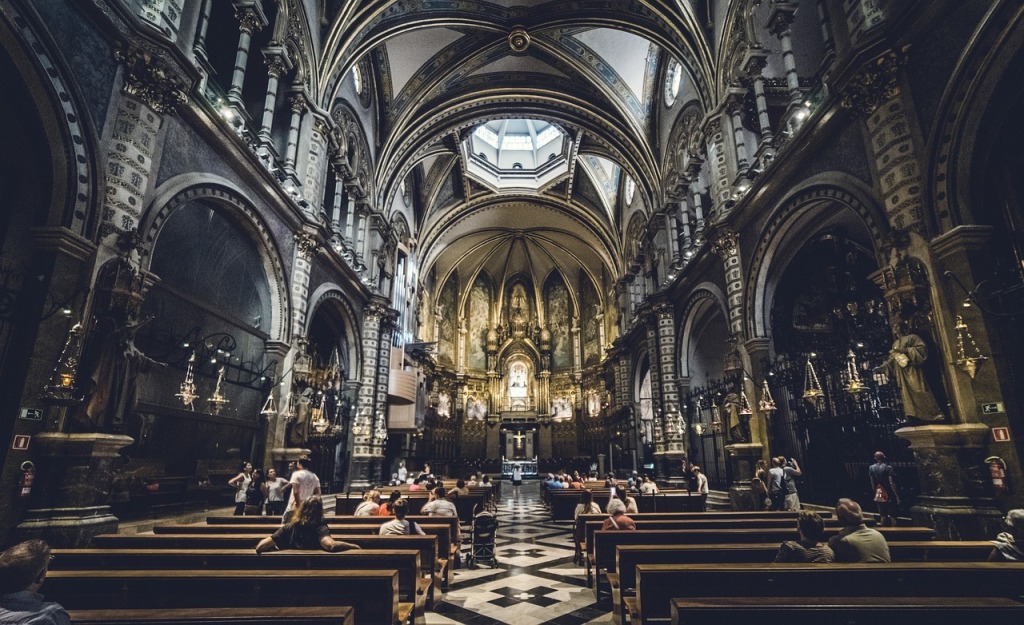
What are the main towns in central Catalonia?
The main towns in the western part are Igualada and Manresa, which makes no secret of the fact that Manresa claims to be the capital of central Catalonia. The capital of the eastern part, whose axis forms the Ter, is Vic, surrounded by mountains, in the beautiful middle of the plain with the same name. The towns of Terrassa, Sabadell and Granollers in Valles are already on the edge of the urban metropolitan area of Barcelona. In addition to the important district towns, there are also some sub-districts in Central Catalonia with their own character. These include Moianes with the main town of Moia, Ljucanes, a little further north, whose center is Prats de Ljucanes, and the Alta Segarra in the north of the Anoia district with the main town of Calaf. All in all, a conglomerate that forms a rich and diverse area.
The current structure of Central Catalonia is a direct consequence of the region’s medieval history. After the end of the uncertainty caused by the continuous Saracen incursions in the early Middle Ages, many farmers and traders who had taken refuge in the mountains followed the call of the Catalan counts and the most influential religious institutions such as the diocese of Vic and the monastery of Sant Cugat del Valles, and settled in central Catalonia. In order to bind the new residents to the area, land was given to them to cultivate and numerous parish churches, new monasteries and fortresses were built. Today’s towns and villages emerged and grew under their protection. These ancient structures are still evident both in the forested mountainous areas of these counties with their scattered small hamlets and farms, as well as in the streets of the historic districts of the larger cities and their rich and valuable architectural heritage.
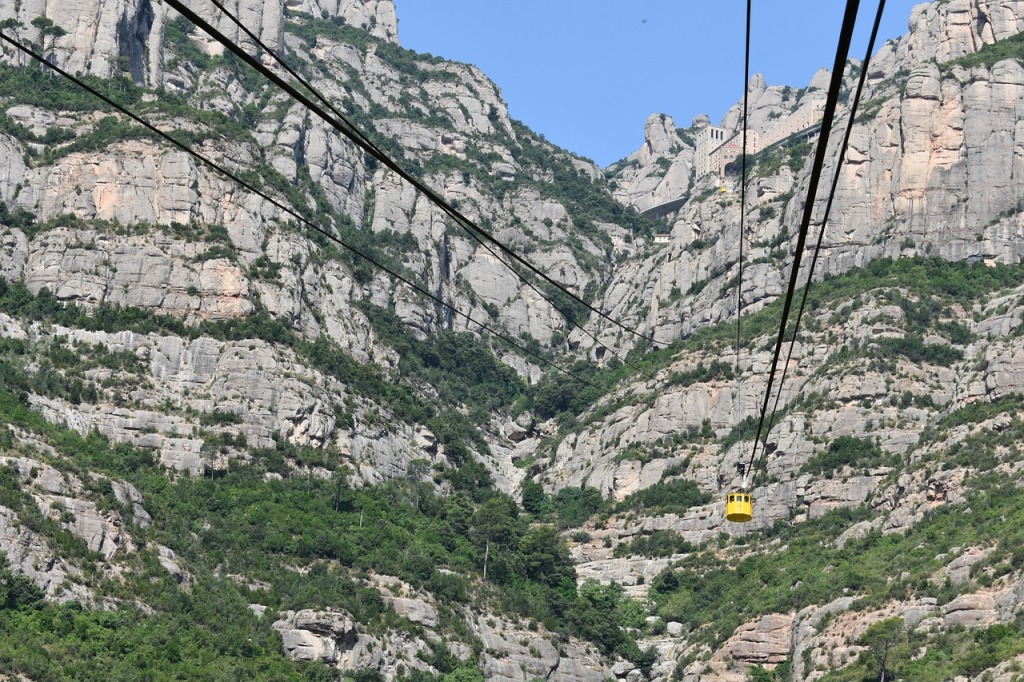
How to get in Montserrat?
The entire fantastic mountain world can be reached via the country road that leads from Monistrol up to the Montserrat monastery. However, if you would like to add a further attraction to your visit, you should take the cog railway to the monastery, which overcomes the height difference of over 500 meters on a dizzying route that runs directly along the steep rock faces and offers wonderful views.
What is Montserrat best known for?
A real landmark and symbol of Montserrat for decades has been the Montserrat cable car. It is a Classic artifact that conists of yellow cabins that follow the cable from the foot of the mountain and appear to hang in nowhere against the immense rock face on their way to the monastery.
At the entrance to the monastery there is traditionally a daily market with products from Montserrat, among which the curd-like fresh cheese ,,mato’’, produced mainly in Mrganell, a village located in the shelter of the mountains, stands out. Honey, cheesecake, fig bread and other traditional products are also offered here. The gigantic neo-Romanesque apse of the Santa Maria monastery rises above the market.
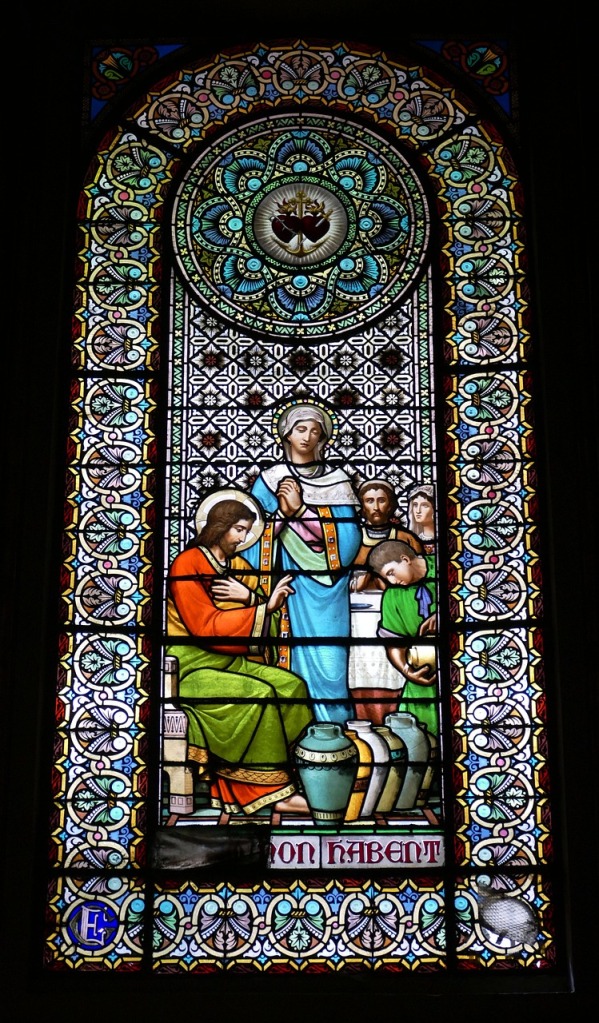
What is the history of Montserrat monastery?
The monastery of Montserrat has its origins in the small church of Santa Maria, whose existence was documented as early as 888. It no longer survives today, but the Romanesque church that replaced it in the 12th century does. Today’s basilica is a Renaissance building from the 16th century, whose bells ring every morning at six o’clock, as they did centuries ago, for the Benedictine monks. There are a total of eight hanging in the Gothic bell tower, of which the sister weighs around seven and a half tons and with their ring is marked the beginning of the day in the sacred mountains. Centuries of Christian tradition speak from the psalms that the monks recite in the choir stalls of the church, whose smoothly polished wood bears witness centuries of use, and which are still used by the liveliness of one of the most famous pilgrimage centers in the Catholic world. The daily routine is still dictated by the bells today, as it has always been since the monastery was founded by Abbot Oliba in the 11th century. The durability of this institution has allowed the veneration of Our Lady of Montserrat, patron saint of Catalonia, but also an important publishing activity, the publishing house of Montserrat, a 500 years old publishing house and one of the oldest in Europe. Around fifty boys between the ages of ten and fourteen live here with the monks and receive a musical education that results in admirable choir quality. If you visit Montserrat, you should not miss listening to the Salve Regina and the Virolai, the Montserrat hymn with a text by the famous Catalan poet Jacint Verdaguer, the Escolania, in the church.
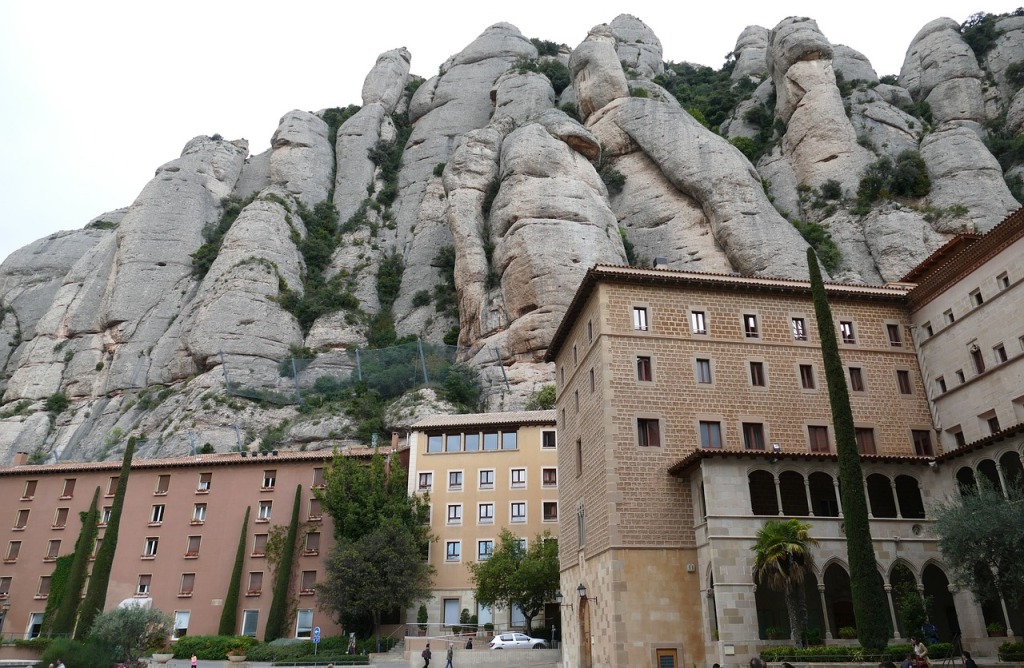
What are the Montserrat best attractions to visit?

Basilica of Santa Maria
Beside Montserrat monastery church the Basilica of Santa Maria is another attraction worth to visit. To get to the entrance of the basilica, you first have to cross the Placa de Santa Maria, from which you can enjoy a beautiful view of the Santa Magdalena rock formations with the popular Gorra Frigia, where seemingly tiny climbers can often be seen from the distance climbing the summit. In addition to the impressive facade of the monastery, the old Gothic cloister from the 15th century has been preserved. A vestibule opens beneath the facade which represents a transitional space between the monastery squares filled with visitors and the seclusion of the inner monastery area. You can see the portal of the former Romanesque church, made in Neapolitan workshops consisting of various sculptures by Rafael Solanich, Joseph Clara and Frederic Mares. From the inner courtyard, with its paving inspired by the Piazza di Campidoglio in Rome, you can see the entire facade of the basilica, built in 1900 and 1901 over an older Baroque facade. Here you can see sculptures of Jesus and his twelve disciples, a large rose window and a hundred-year-old clock. Today’s single-nave Renaissance basilica has twelve side chapels, six on each side. Above the high altar is the polychrome carved figure of the Blessed Virgin, also known as La Moreneta because of the dark color of her hands and face. It is visited every day by hundreds of believers, tourists and curious people. The Moreneta altar chapel is built over various rooms renovated in 1944 by various Catalan artists. The silver throne of the Mother of God was donated by Glaubiden in 1947.
Montserrat Museum
The Montserrat Museum its another attraction famous for its outstanding archaeological section of the biblical East, most of which was acquired by a monk from Montserrat who traveled in the Middle East. Another highlight of the museum is the Department of Modern Painting and Sculpture with paintings by El Greco, Caravaggio, Berruguete, Picasso, Dali, Tapies, Le Corbusier, Fortuny, Vayreda, Casas, Mir, Nonell, Rusinol and many others. Departments for ancient painting, religious goldsmith and the iconography of Our Lady of Montserrat over the centuries complete the offering.
Library of Montserrat
The Library of Montserrat is an impressive documentation and study center and a symbol of the intellectual and cultural activity of the Benedictines. Its book inventory includes 270K volumes, including around 400 incunabula and over 2K manuscripts, among which the extraordinary Libre Vermell, an encyclopedic manuscript from the 14-16 centuries, stands out. Over time, the Montserrat Monastery has not only been a purely religious and cultural symbol, but as a supporter of the demands of the Catalan identity movement it has also been an important reference point for the patriotism of the population.
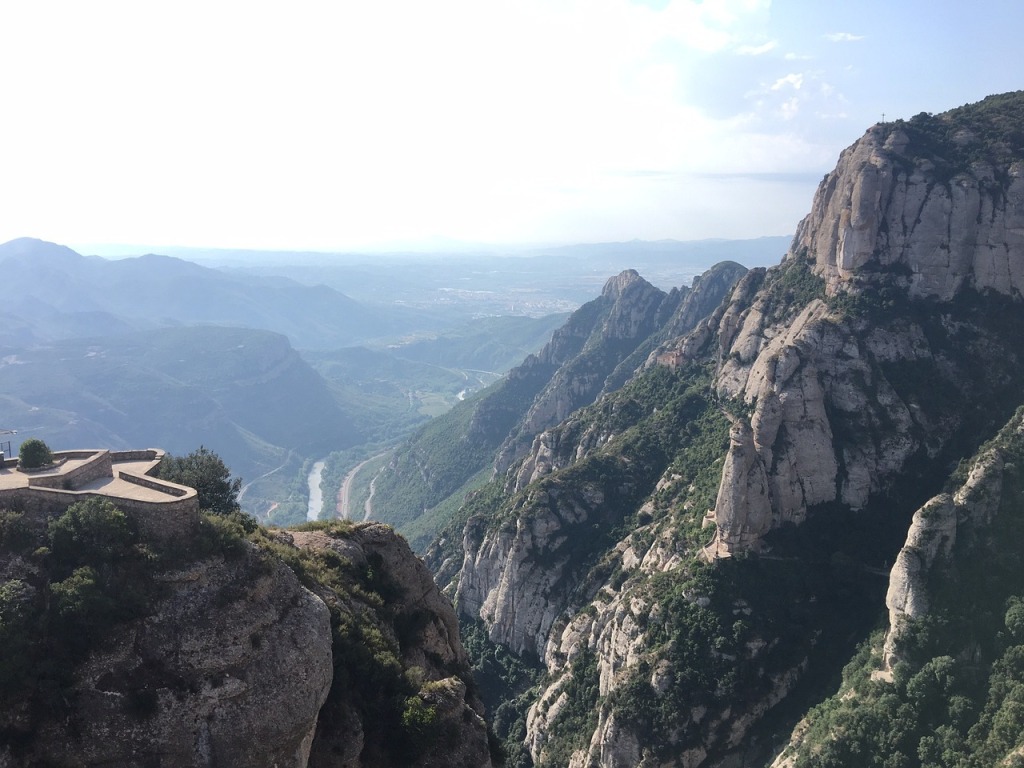
Mirador de Sant Miquel viewpoint
To get an overview of the monastery complex, you can take a short walk to Placa de l’Abat Oliba and from there take a stone-paved path along the slope to the Mirador de Sant Miquel viewpoint where a large cross is located. It is a cantilevered observation balcony that offers a panoramic view of the entire Montserrat monastery. At the beginning of this path, the cog railway to Santa Cova also departs, which overcomes the incline to the path to the cave where, according to tradition, the figure of the Madonna was found. Along this path stands the Monumental Rosary, a group of monuments comprising fifteen sculptures, including works by Puig I Cadafalch, Gaudi and Joseph Limona, among others.
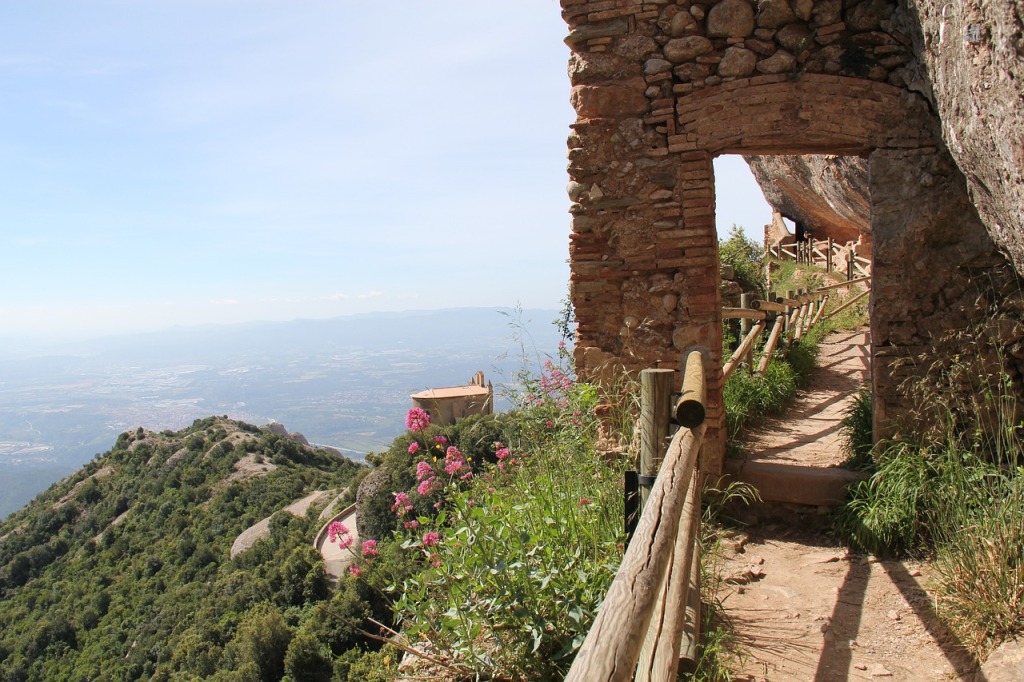
The Montserrat Nature Park
The Montserrat Mountains were declared a natural park in 1987. There are over 1,000 plant species found here, a third of those cataloged throughout Catalonia by their natural values and the landscape relief. In addition, Montserrat Nature Park has been the school of numerous generations of hikers and climbers to this day. Its rock faces and mountains have countless paths and trails that allow you to explore the mountains in all directions. It is a rugged mountain range in which constant differences in height have to be overcome. If you like hiking or climbing here, you should always have a good map with you. Hundreds of routes of all levels of difficulty are available for climbers. In other words, there is a whole world to discover here.
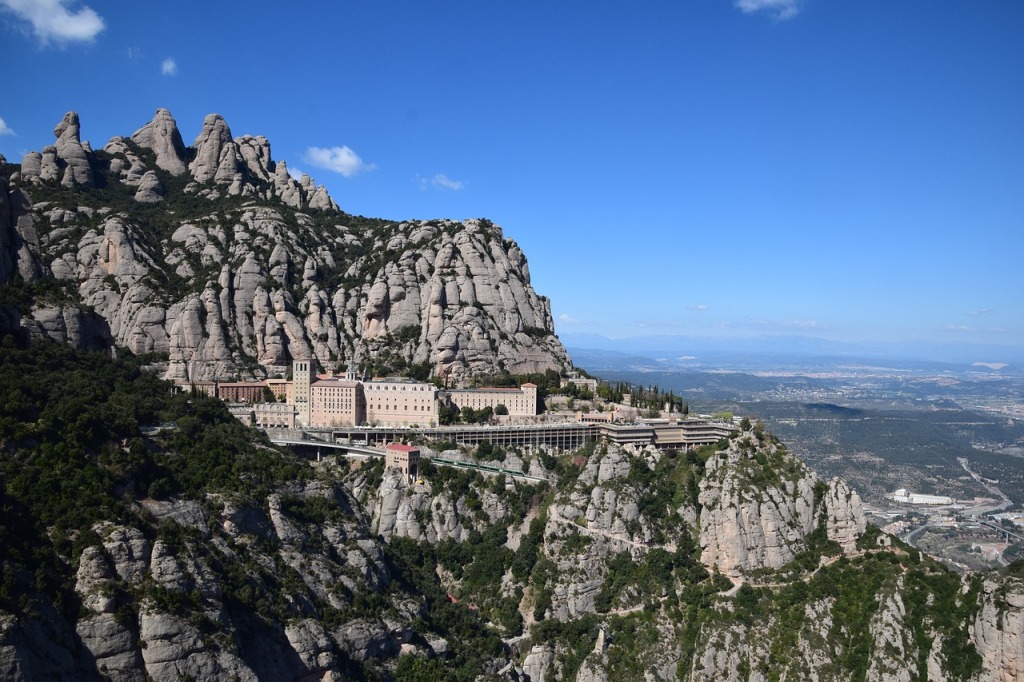
In the protection of the iconic mountain range there are also other places worth seeing, such as the Romanesque church of Santa Cecilia, which stands on the road to Can macana, above which rises the most impressive rocky needles in the entire mountain range, or the Salnitre caves near Collbato, in which in one hour you can see more than half a kilometer of hall and corridors with names such as the Cathedral Hall, Cave of the Tame, Butterfly Gallery, Devil’s Fountain, Monks’ Cloister, Altar Chapel, Devil’s Wing, Bishop, or Confessional.
Accommodation near Montserrat
If you want to visit Montserrat and stay in a hotel near the Monastery, you have several options: you can stay at the Montserrat Monastery (Hotel Abat Cisneros), you can stay in the apartments next to the Monastery (Abat Marcet Apartments), or you can stay in one of the small towns that surround it. When determining which type of housing is ideal for you, consider pricing, availability, and convenience.
Great location – friendly staff – Excellent stay – Booking hotel in Montserrat by Trivago

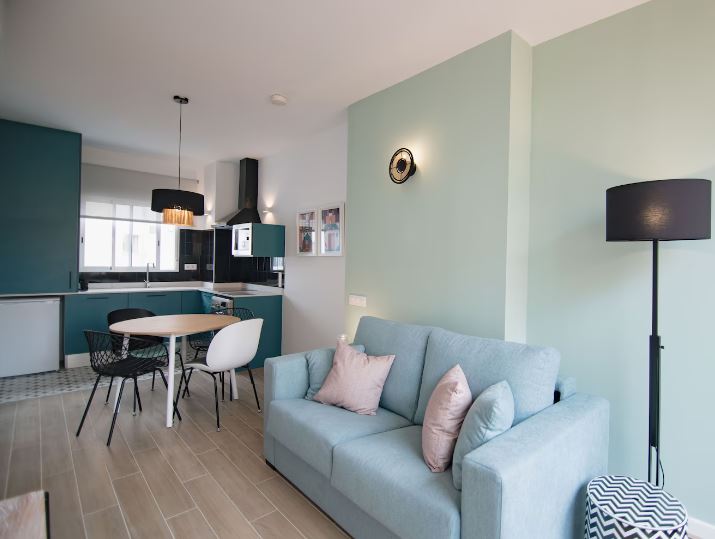
Promotion:

Keywords: #Montserrat’siconicsite@bhimontserrat @bookinghotelin @waytomakeatravel #bookdirectly @bookdirectly @promotions #bookdirectly #booking hotel in montserrat @hotels in montserrat #accommodation in montserrat #montserratFlights #montserrat monastery #catalonia #how to get to montserrat #booking montserrat #Montserrat Mountains #Montserrat attractions #history of Montserrat
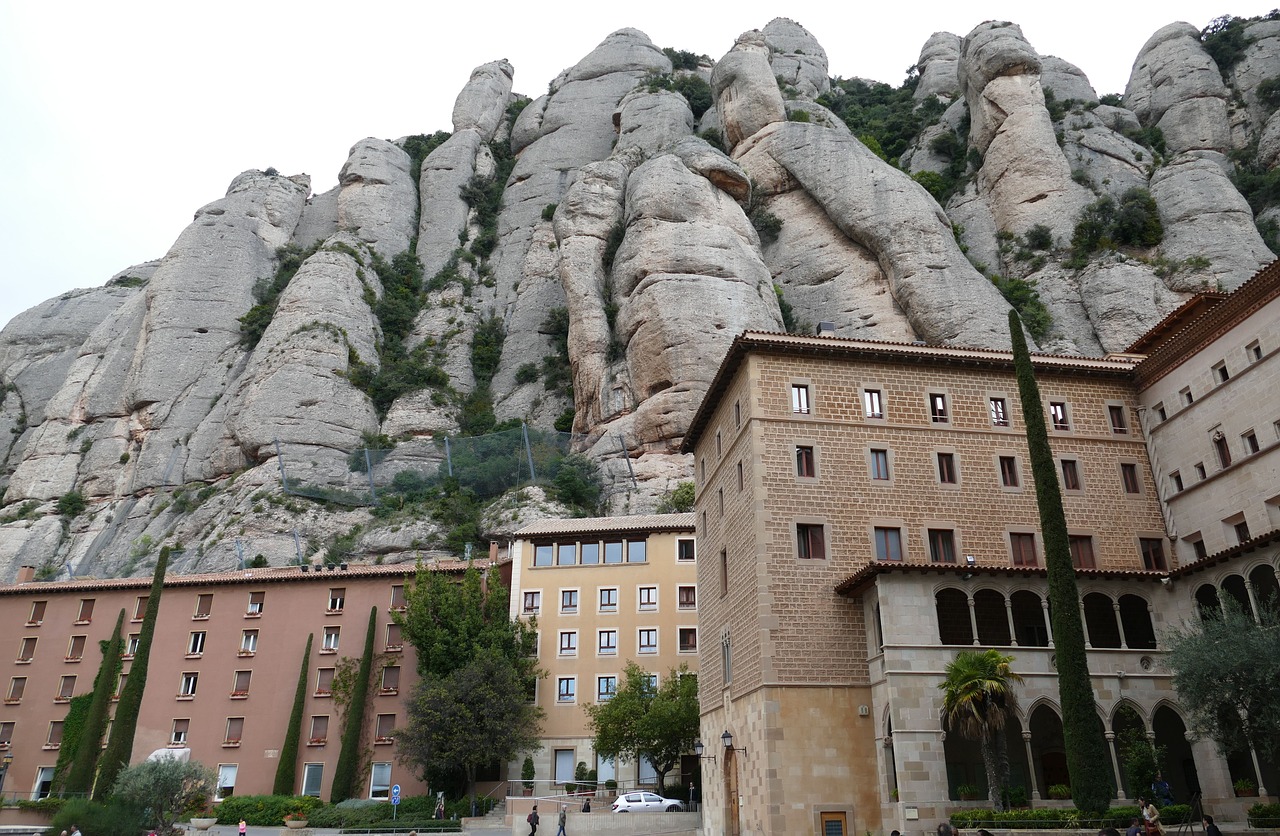
I visited Montserrat last year for a day trip. I enjoyed the visit, it’s a very unique place.
LikeLiked by 2 people
Wow 😯thanks for sharing your travel experience. Feel free to share with us some photos as well. Will be nice to see this unique place from a tourist perspective.🙂
LikeLiked by 1 person
Ich kenne Montserrat und wenn man sich einige Tage in Barcelona aufhält ist es allemal einen Besuch wert. Bedeutet, ganzen Tag einplanen.
LikeLike
I would also recommended it as a tour option. It is close to many tourist destinations beside Barcelona and is a perfect place for a daily getaway.
LikeLike